Pardo’s Push: an amazing example of courage, piloting, and determination.
It’s a story that is legendary among the fighter pilot community. Mention the name “Pardo” and a single image always comes to mind, that of a painting done by S.W. Ferguson.
The story is akin to new fighter pilots as The Very Hungry Caterpillar is to children, a sort of rite of passage, being able to recite the story in order to be inducted into the fraternity.
The Story Behind Pardo’s Push
It was March 10th, 1967. North Vietnam’s only steel mill, thirty miles north of Hanoi, had been enjoying the cover of low clouds during the beginning of monsoon season. Strike packages had been trying to annihilate this target for more than a week but couldn’t get close due to the weather. Even if they could get close, this was the most heavily-defended target in the history of aerial warfare. But this day the skies were clear and the strike package was given a “Go.” They departed their base at Ubon Royal Thai Air Force Base in Thailand.
Captain Bob Pardo and his backseater, First Lieutenant Steve Wayne, were in their F-4 Phantom and assigned escort duties, protecting F-105s and other F-4s loaded with bombs for the steel mill. On their wing was another F-4 piloted by Captain Earl Aman and his backseater, First Lieutenant Robert Houghton.
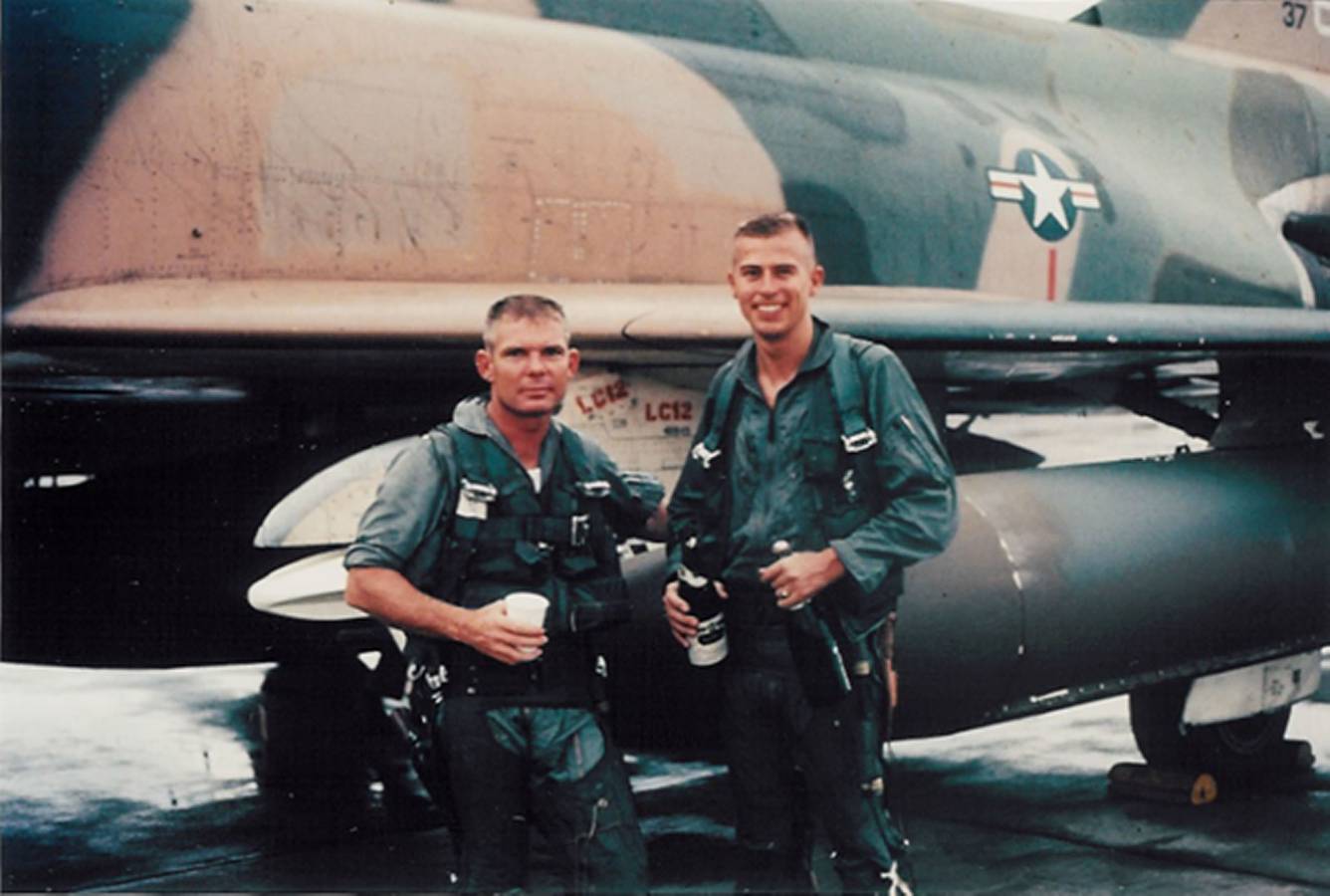
These escort aircraft were equipped with air-to-air missiles for any MiGs that might try to intercept the strike force. In the event that the MiGs did not join them that day, they were also armed with bombs that would further lay waste to the steel mill.
It would turn out that Pardo and Aman could keep their missiles and join the other F-4s and F-105s on the bombing run. But during the bombing run, a number of the thousands of anti-aircraft guns surrounding the mill found their targets. Aman was hit bad, flak tearing holes in his fuel tanks, but he continued his attack. Pardo was hit as well but not as seriously. A number of other aircraft were downed over the steel mill.
Aman lost over 5,000 pounds of fuel in less than one minute. After dropping their bombs they climbed to 30,000 feet but were still over 100 miles inside of North Vietnam. The F-4 was noted as having the glide ratio of a brick, and Aman and Houghton knew they’d have to eject in enemy territory once they ran out of fuel. They prepared to bail out and notified Pardo of their intentions. This was unacceptable to Pardo and his “wingman” ethos.
Pardo started thinking of ways he could “push” Aman and Houghton towards Laos and the rescue forces stationed there. Making it to the refueling tanker was out of the question. His first thought was to nuzzle the nose of his aircraft into the drogue chute cavity in the empennage of Aman’s F-4. Pardo ordered Aman to deploy & release his chute, opening up this cavity to receive the nose of Pardo’s aircraft. Pardo inched forward towards Aman, but the turbulence coming off the F-4’s tail was too much. Pardo had to back down. Aman was minutes away from flaming out.
Pardo’s next idea was to position himself underneath Aman’s F-4. He would place the top of his fuselage against the belly of Aman’s aircraft in an attempt to decrease his 3,000 foot-per-minute descent rate. It seemed like a good idea but again, there was too much jet wash to make it possible.
Aman was about to give up. He and Houghton were making final preparations to eject over enemy territory. That’s when Pardo told Aman to lower his tailhook.
Air Force F-4s were equipped with tailhooks just as Navy and Marine F-4s, not to land on aircraft carriers, but to catch cables strung across runways in the event of landing emergencies. This act would hopefully put enough distance between the two F-4s to avoid the turbulent jet wash.
Pardo carefully positioned his windscreen against Aman’s tailhook. There was still some turbulence to contend with, and any wrong move would send the tailhook crashing through the windscreen and into Pardo’s face. Pardo could only maintain contact for a few seconds at a time. He then tried using the bottom of the metal frame around the windscreen, rather than the windscreen itself. Around this time Aman’s engines flamed out and the jet wash disappeared, making the maneuver easier.
Aman’s descent rate decreased from 3,000 feet per minute to 1,500 feet per minute. It was working! Pardo was only able to maintain contact for 10-30 seconds at a time, but he was actually pushing Aman’s plane towards Laos.
About ten minutes into Pardo’s push, the battle damage sustained by Pardo’s aircraft finally manifested itself in the form of an engine fire on the left side. Pardo shut down the engine to avoid a catastrophic explosion, and now the two aircraft were flying on only one engine. This increased their descent rate, and Pardo was worried about not being able to make it to Laos like this. He restarted the left engine, but the fire light quickly reappeared. He was forced to shut down the engine again.
Pardo’s push was sustained for nearly ten minutes with a descent rate of around 2,000 feet per minute. As they approached the Laotian border they realized that they too would run out of fuel and be forced to eject. They radioed their anticipated position to rescue forces, and Aman and Houghton ejected. Pardo and Wayne managed to fly for a few more minutes before their remaining engine flamed out, and they ejected from their F-4 (Wayne first, Pardo one minute later as he was later quoted as saying he had always wanted to fly a glider).
The Surprising Result of Pardo’s Push
All four airmen were rescued by American forces and returned to their base in Ubon, where Pardo got a welcome he wasn’t expecting.
“They didn’t know whether to court-martial me or pin a medal on my chest,” Pardo said about his return to Ubon after Pardo’s Push. He and Wayne were disciplined and almost court-martialed for not saving their F-4, even though the loss of the aircraft helped save two pilots.
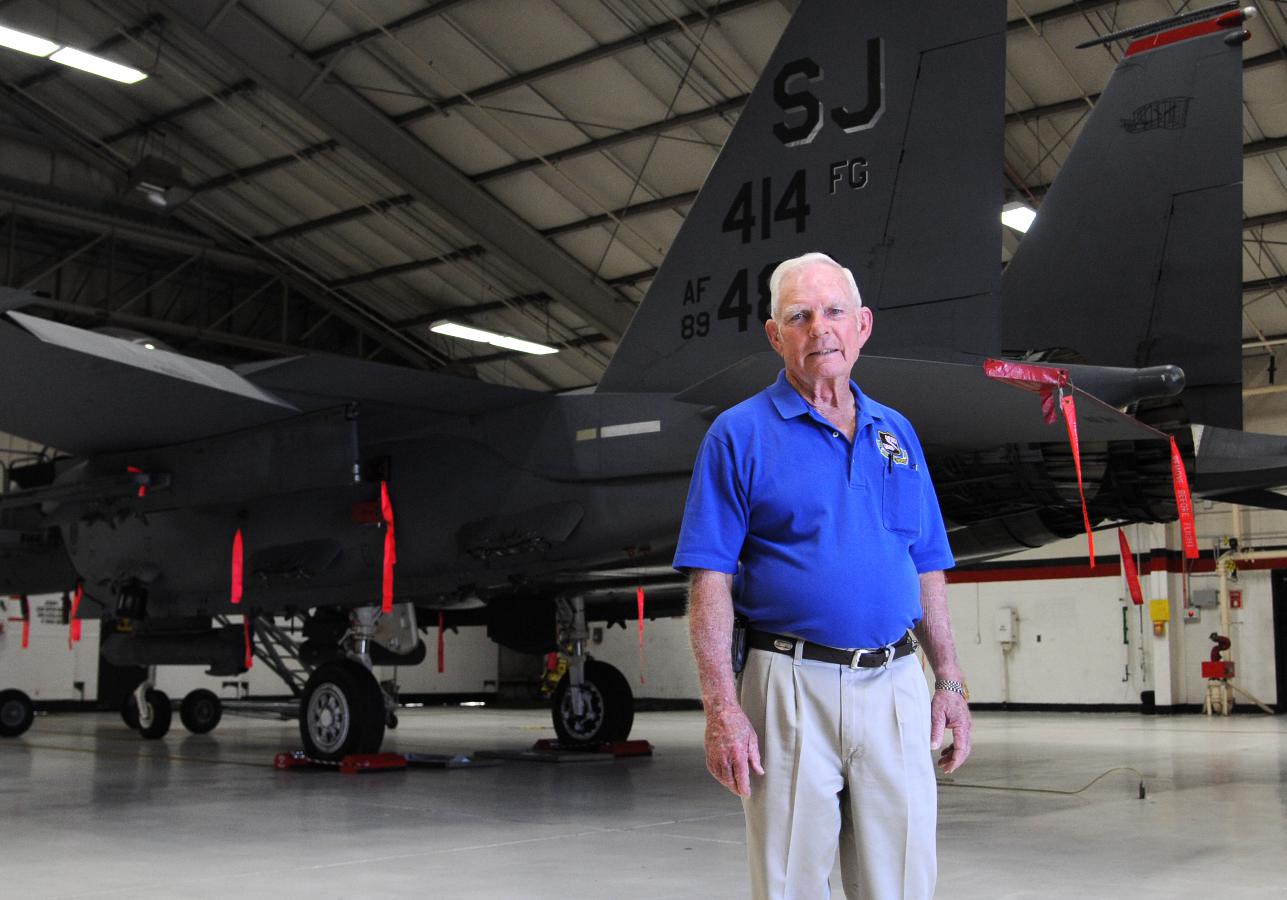
It wasn’t until 1989 when all four men were recognized for their actions that day. Aman and Houghton received the Silver Star for continuing with their attack after being hit so bad, and Pardo and Wayne both received the Silver Star for their actions saving their wingmen.
William Rankin: The Man Who Survived Falling Through a Thunderstorm
 Lieutenant Colonel William Rankin served as a pilot with the US Marine Corps and was a World War II and Korean War veteran. But he is best remembered as being the only known person in the world to survive falling into and all the way through a cumulonimbus storm cloud to the ground. He literally fell through a thunderstorm and lived. Which, as far as being remembered for something, that ranks pretty high on the awesome scale. Rankin documented this amazing feat of survival in a book called [Click to read more…]
Lieutenant Colonel William Rankin served as a pilot with the US Marine Corps and was a World War II and Korean War veteran. But he is best remembered as being the only known person in the world to survive falling into and all the way through a cumulonimbus storm cloud to the ground. He literally fell through a thunderstorm and lived. Which, as far as being remembered for something, that ranks pretty high on the awesome scale. Rankin documented this amazing feat of survival in a book called [Click to read more…]






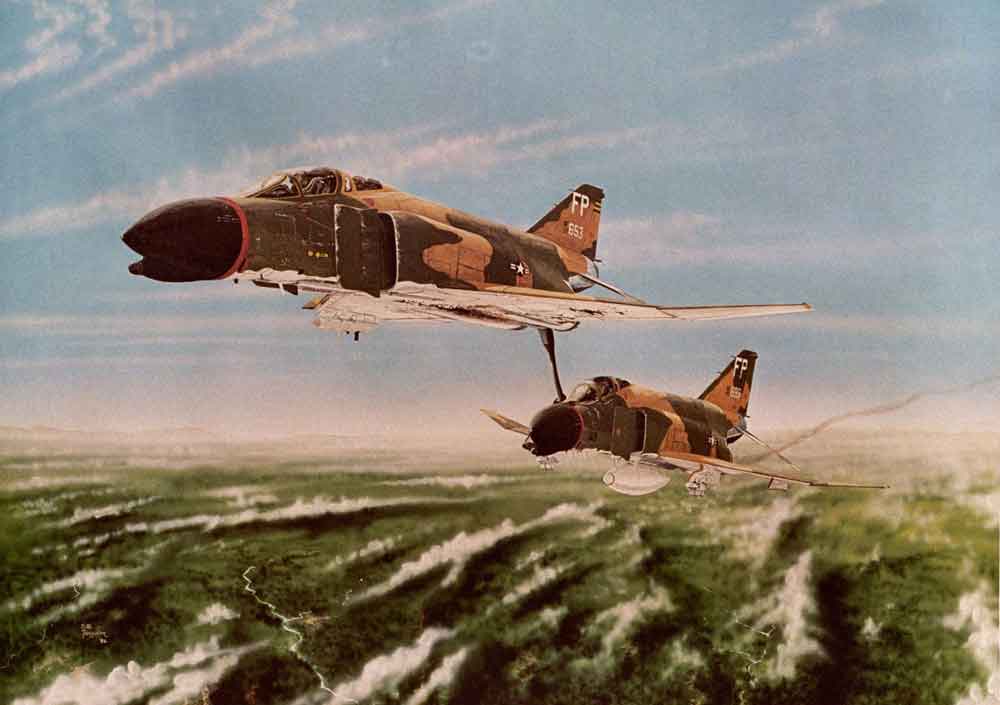






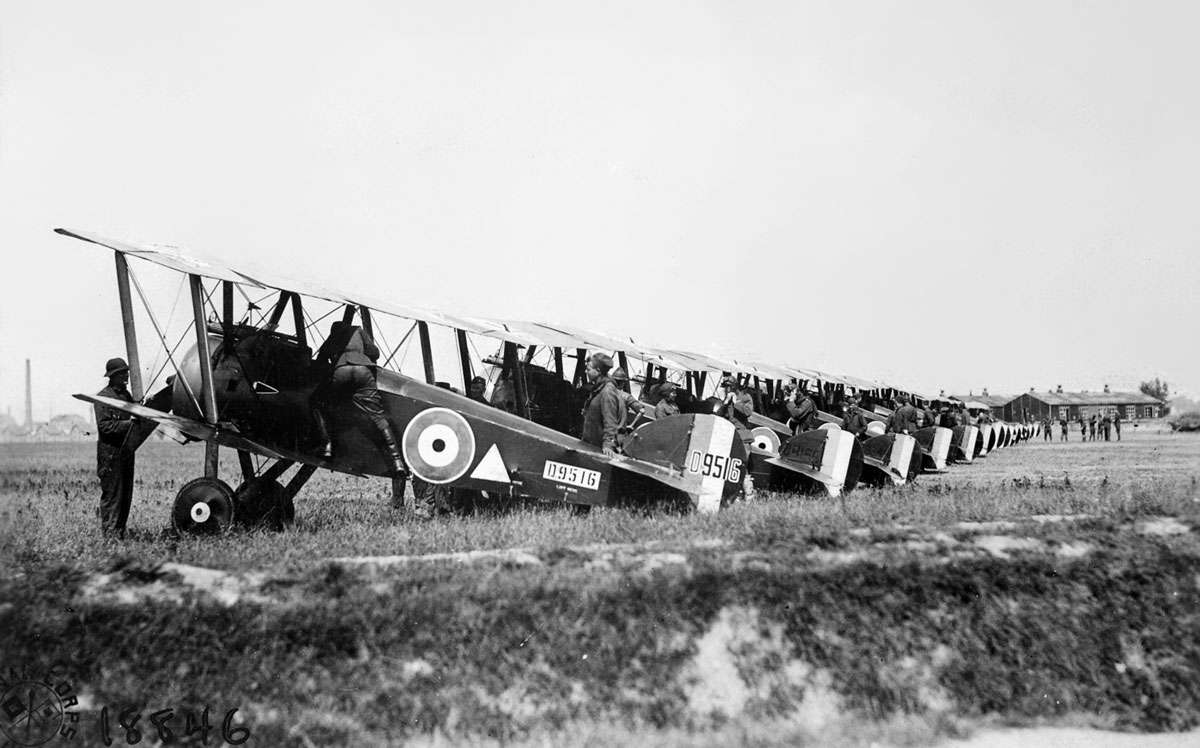
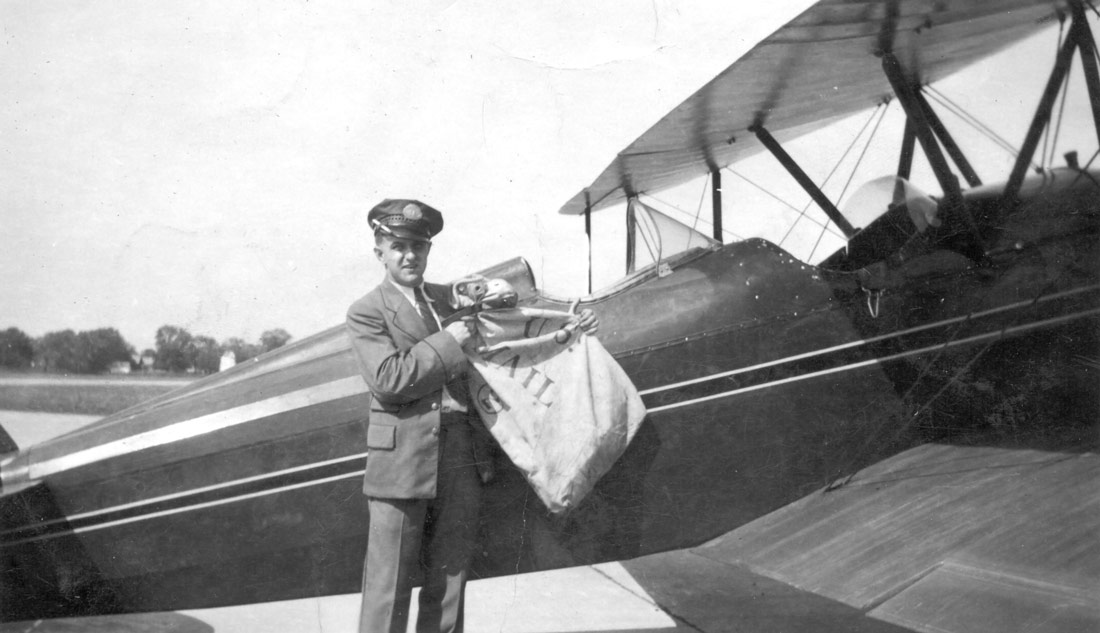
Leave a Reply